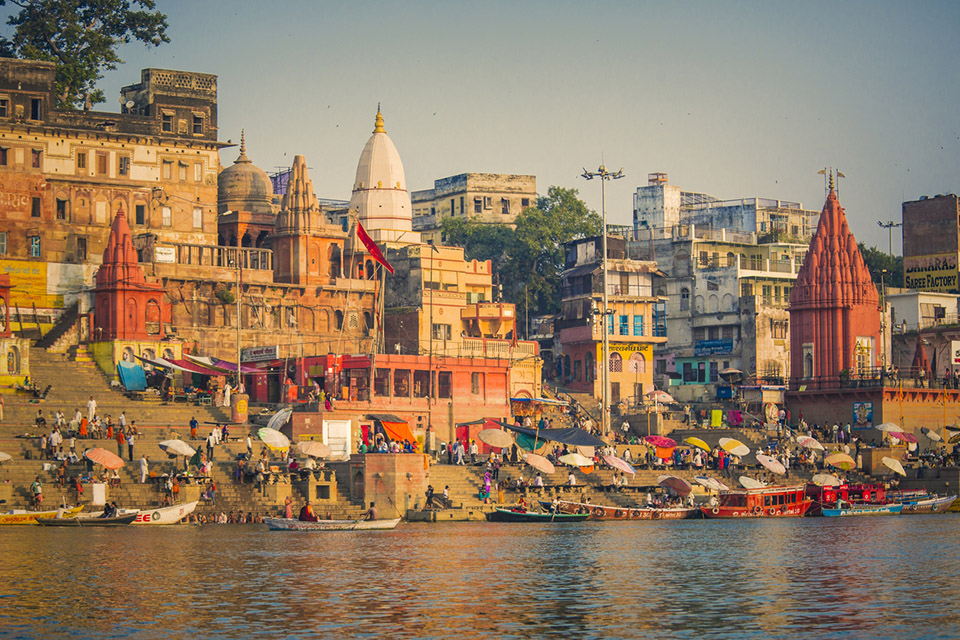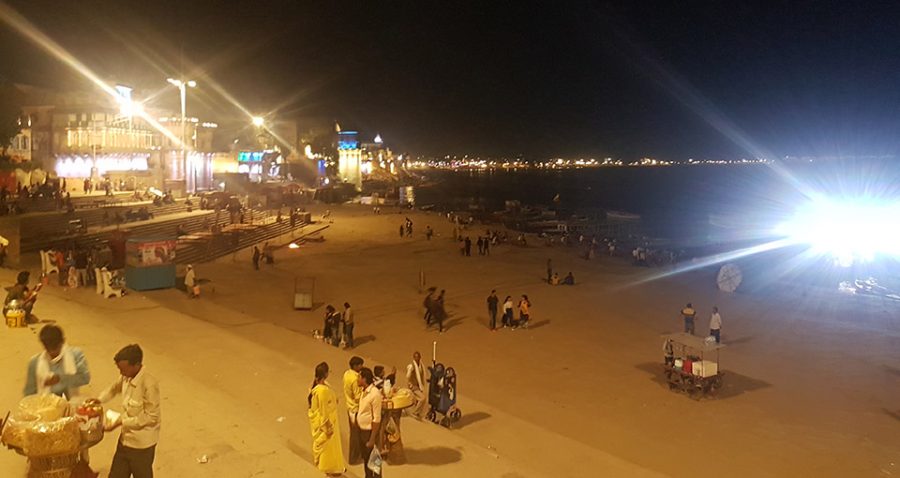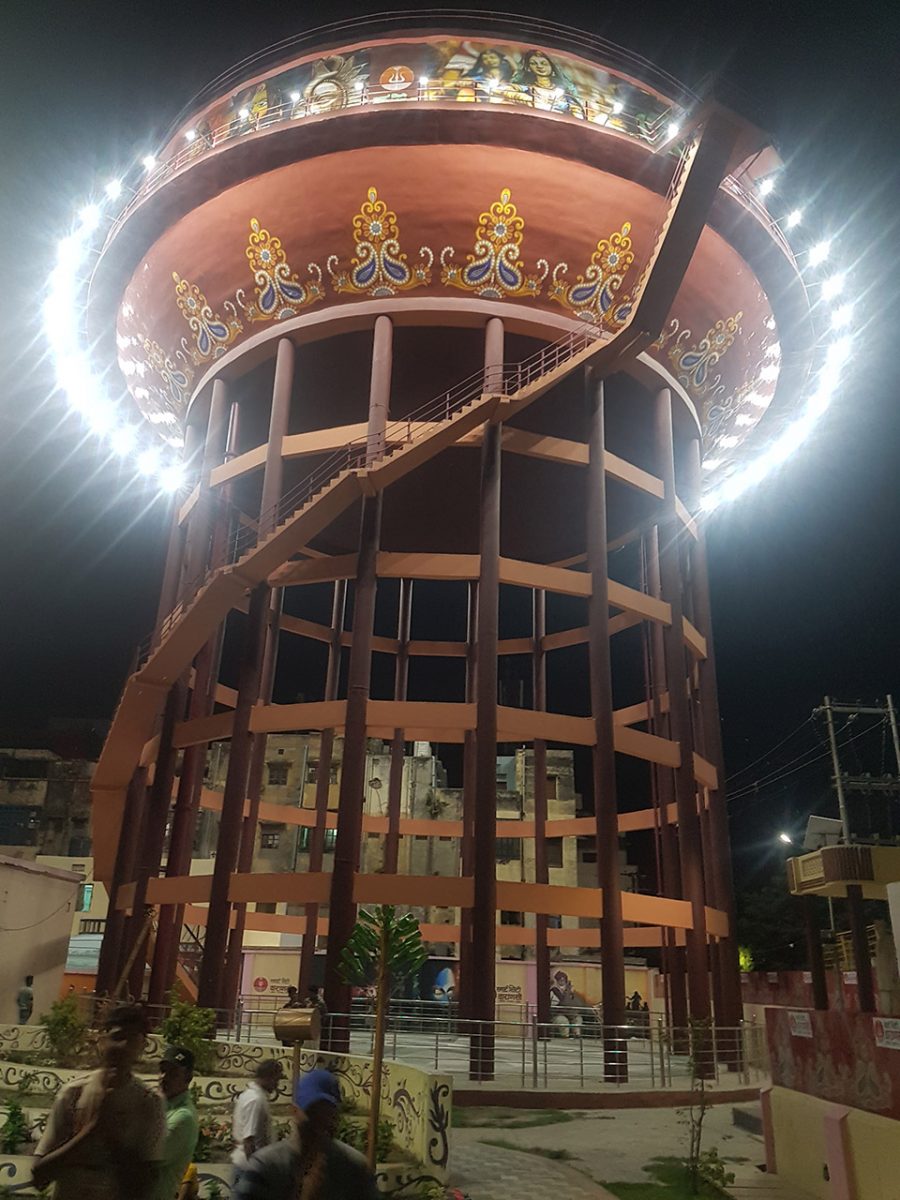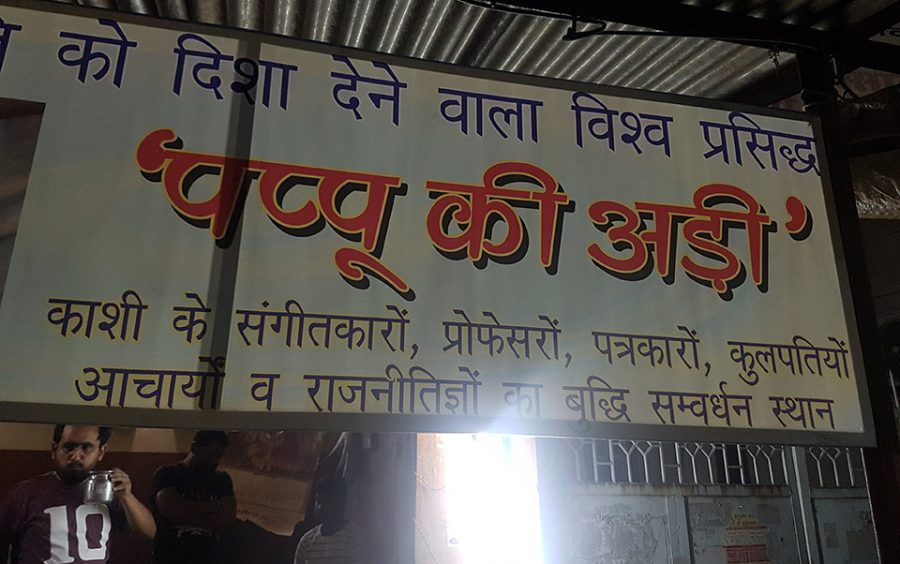
- Home
- India
- World
- Premium
- THE FEDERAL SPECIAL
- Analysis
- States
- Perspective
- Videos
- Sports
- Education
- Entertainment
- Elections
- Features
- Health
- Business
- Series
- In memoriam: Sheikh Mujibur Rahman
- Bishnoi's Men
- NEET TANGLE
- Economy Series
- Earth Day
- Kashmir’s Frozen Turbulence
- India@75
- The legend of Ramjanmabhoomi
- Liberalisation@30
- How to tame a dragon
- Celebrating biodiversity
- Farm Matters
- 50 days of solitude
- Bringing Migrants Home
- Budget 2020
- Jharkhand Votes
- The Federal Investigates
- The Federal Impact
- Vanishing Sand
- Gandhi @ 150
- Andhra Today
- Field report
- Operation Gulmarg
- Pandemic @1 Mn in India
- The Federal Year-End
- The Zero Year
- Science
- Brand studio
- Newsletter
- Elections 2024
- Events
- Home
- IndiaIndia
- World
- Analysis
- StatesStates
- PerspectivePerspective
- VideosVideos
- Sports
- Education
- Entertainment
- ElectionsElections
- Features
- Health
- BusinessBusiness
- Premium
- Loading...
Premium - Events

Varanasi faces an assault on its carefree ethos. Will it survive?

At Varanasi’s Dashashwamedh Ghat, a middle-aged man covered in sandalwood paste is gazing at the Ganga, unmindful of the goings on around him. The world-famous ‘aarti’, the ritual of offering prayer to the river, has just ended. The people, largely tourists, have begun to empty out, but the man stands still. He isn’t wonderstruck by the beauty of the rituals, he is someone...
At Varanasi’s Dashashwamedh Ghat, a middle-aged man covered in sandalwood paste is gazing at the Ganga, unmindful of the goings on around him. The world-famous ‘aarti’, the ritual of offering prayer to the river, has just ended. The people, largely tourists, have begun to empty out, but the man stands still. He isn’t wonderstruck by the beauty of the rituals, he is someone who represents the city’s cultural ethos, which is caught in a time warp.
Naked Naga Sadhus, ‘charas’ smoking holy men draped in saffron robes, early morning and late evening walkers, revellers taking a dip in the sacred river, foreigners, pundits, pujaris, pandas, fishermen, birds, stray dogs and even corpses reach the riverbank everyday without a pause. The two cremation grounds set up on the banks of the crescent-shaped river is always open. The devout — largely Hindus — seek the ghats to attain ‘moksha’ or liberation from the cycle of life and death.
On April 14, in continuation of a medieval practice, ‘nagar vadhu’ or ‘brides of the city’ (euphemism for nautch girls) gather from all over North India at Manikarnika Ghat, which hosts a cremation ground, and dance through the night amidst live pyres. The dance ritual, a 365-year-old tradition, is said to have been started by Raja Mansingh. The dance is an act of faith and the dancers perform without a fee, with a belief that they will be liberated in their next birth from the hellish lives they lead now.
Away from the ghats in the city spread over 10 sq km area, there is a sense of all-pervasive tenacity. The traffic is slow and chaotic, the streets are crowded; there is no sense of urgency. Everyone goes about their chores leisurely.
Deep in the city, at Revdi Talab, power looms are busy weaving saris, bedsheets, drapes and curtains from Chinese and Indian yarns. It’s a thriving cottage industry and the skilled labourers and artisans, majority of them Muslims, go about their traditional task in a clockwork environment.
Outside, men sit on a row of benches sipping tea from clay cups. In Varanasi’s culture this rendezvous has special significance. It is called ‘adi’ or ‘adda’ akin to Victorian era coffee houses where people from all walks of life would gather to drink tea, review the news of the day, meet up with friends and discuss matters of mutual concern.
Change in ideologies
At a lane in Assi, the southernmost ghat of the city, sits famous ‘Pappu-ki-adi’, a small roadside tea stall where artists, singers, writers, college professors, political thinkers, intellectuals and journalists gather every day to discuss everything under the sun. This inspired author Kashinath Singh to pen his Hindi bestseller ‘Kashi-ki-Assi’, which was later made into a movie.

Kashinath, in his book, writes that the people living in the hamlet have always been hardcore supporters of right-wing RSS-BJP ideology, but the discourse at the ‘adi’ was dominated by those who professed either centrist or left-of-centre ideologies. With the passage of time, the flavour of discourse has changed. A journalist friend explained that the discussions are now dominated by those favouring right-of-centre.
It’s half-past nine at night, a podgy professor with a saffron ‘gamcha’ (long towel) draped around his neck is holding fort. Ravish Kumar, the NDTV Hindi television anchor, and Kanhaiya Kumar, the CPI candidate from neighbouring Begusarai parliamentary constituency, come under attack. Arguments turn inane, liberally punctuated by profanities. The topic quickly changes to the relationship between Marx and Engels. More profanities. Someone protests mildly and says Indian politics cannot go without the Congress. His voice is drowned out.
Biographer Diana L Eck, in her book, says that unlike other ancient cities, not much is known about the political history of Varanasi. It had never been an important political centre. Kashi, as it is known in Sanskrit, is the city of Shiva. Period.
But politics is now threatening the city, the very roots of its tenacious culture that had withstood onslaughts for centuries. The political temperature is ratcheted up by Prime Minister Narendra Modi’s entry into the city in 2014. He now seeks a re-election and is likely to win without breaking a sweat.
It’s ‘Gujarat model of development’ at work in Varanasi that attracted people’s attention. A brand new elevated road has been built, connecting the city with its airport on the outskirts. The travel time has been reduced from 2 and a half hours to 15 minutes. Vinod Kumar Nishad, the driver belonging to the most backward category or MBC, is happy. His vote is for Modi. “I can now make many more trips,” he says.
Under Heritage City Development and Augmentation Yojana or HRIDAY scheme, whose catchline is ‘Rejuvenating the soul of urban India’, the Centre has spent ₹85 crore to repair roads, develop heritage walks, build approach roads to heritage sites, develop artistic paint works on the city walls, install LED decorative street lighting and more. Varanasi streets are well-lit and shiny. Giant overhead water tanks are awash with pink, blue and orange LED lights. City parks are cleaned up and walkways built. Some parks have outdoor gyms and play areas for children.
But not all are impressed. Raghu Pathak, a high-end restaurateur, is furious. He says if the opposition had fielded Priyanka Gandhi Vadra as a joint candidate, Modi would have found the going tough. He says the parks have been handed over to private contractors, most of them from Gujarat. The local municipal authorities have no control over them.
Others pointed out that corporates have been roped in and asked to spend out of their CSR funds to beautify the city. Private hotels, dharmashalas, vedic schools and other establishments along the ghats have been advised to spruce up. All over the ghats ‘faust’ lighting has come up.
In one of the ghats, two youth praise Modi as they find the ghats much cleaner, the lights appealing. But as soon as the conversation turns to unemployment they start blaming Chief Minister Yogi Adityanath.

People in general welcome the infrastructure developments. But the Prime Minister’s pet project, the Kashi Vishwanath Corridor, which seeks to connect the riverfront to the Kashi Vishwanath Temple, is worrying them. Already 296 houses, many housing small and medium temples, have been razed. The shopkeepers are seeking alternate accommodation along with heavier compensation. But it’s the neighbourhood Muslims who are most worried. They think the Gyanvapi Mosque is now under threat.
Since the RSS-VHP-BJP combine vowed that they would claim Kashi and Mathura after Ayodhya, Muslim leaders fear that “anything may happen any time”. Communal wounds were reopened when a raised platform separating the Mandir and the Masjid was demolished by the government recently.
From inside the centuries-old Kashi Temple, a pujari points out how minarets of the mosque feature temple motifs. Pointing to a larger-than-life size Nandi idol, the pujari says it represents entry to the shrine and this should be provided.
Back at ‘Pappu-ki-adi’ professor Kaushal Kishor Mishra, who teaches political science at Benaras Hindu University, explains a couplet in praise of Lord Ram composed by Goswami Tulsidas, the saint poet who authored the epic ‘Ramcharitmanas’ at a nearby ghat. The poet’s devotion was so intense that he did not see caste, creed, living or dead, but only Ram.

Mishra said Modi through his slogan ‘sabka saath, sabka vikas’ was trying to create a new model of development where the old and the new could co exist. Where the caste differences vanish.
The old, faithful who have been living in the city over the years and observing the changes say that the high-voltage razzle-dazzle let loose by the arrival of Modi can have only a superficial impact. It may win an election or two but cannot change the underlying culture of the centuries-old city.
